The Neue Elbbrücke Bridge in Hamburg, Germany, was ruined in 1959 to add an additional lane.
Hamburg is the second largest city in Germany and considered to be one of the most beautiful in the country. It is also a popular tourist destinations because of its scenic beauty and unique blend of historical monuments and modern pubs and nightclubs, including the world-renowned red light district, the Reeperbahn.
Despite being located astride the River Elbe, some 100 kilometres from the North Sea, Hamburg is a major port city. It has the country’s biggest port – the second-busiest in Europe and only the third largest in the world, after London and New York. For those who love water, ships and harbors, Hamburg is hence, a must visit.

Hamburg is practically surrounded on all sides by water. The Alster river has been divided into two lakes that lie on either side of the city, the Binnen and Aussenalster (Inner and Outer) and the River Elbe flows right through into the North Sea. All this water means an abundance of canals, streams and bridges. In fact, it’s a little known fact that Hamburg has more bridges inside its city limits than any other city in the world and more canals than Amsterdam and Venice combined. The figure has been put somewhere around 2,300 to over 2,500 – more than London, Amsterdam and Venice put together.
Here are some of the most notable bridges around the city.
Köhlbrandbrücke
The Köhlbrandbrücke was inaugurated in 1974 and is one of the most prominent landmarks in Hamburg. It is 3940 metres long and the central, cable-stayed part has a span of 325 metres. From 1974 until 1991 it was the lonest cable stayed bridge span in the world. Now, it is the second longest bridge in Germany.
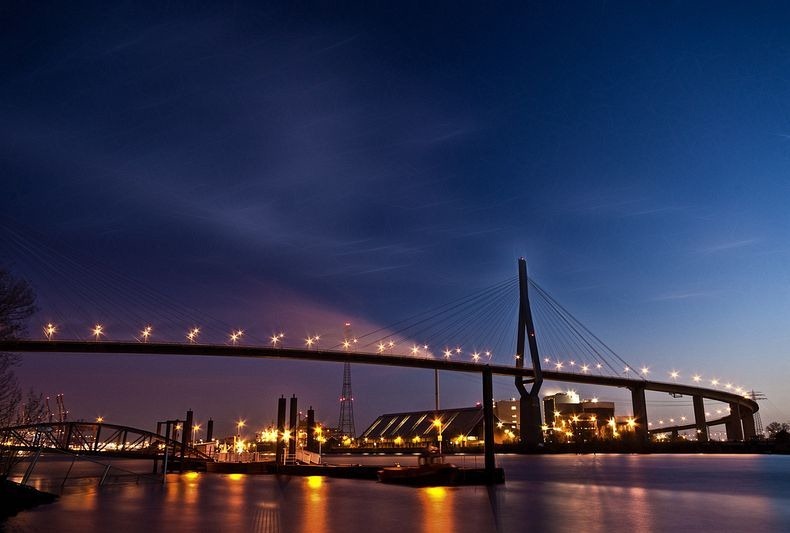
Photo credit
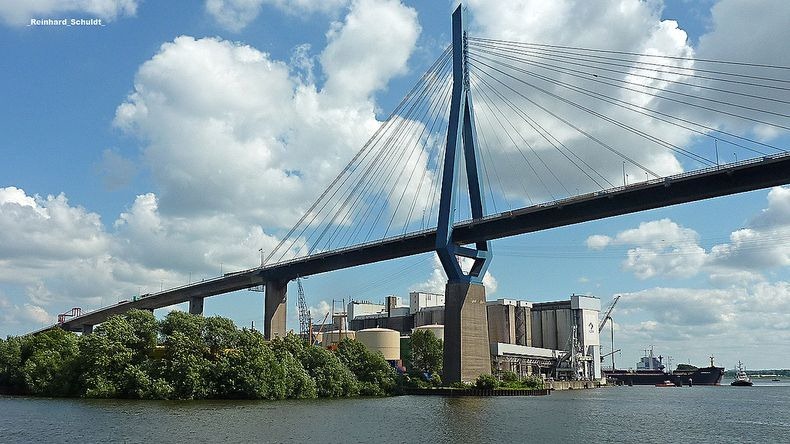
Photo credit

Photo credit
Hamburg Elbbrücken
Hamburg Elbbrücken refers to several independent bridges which cross the River Elbe in Hamburg. This navigable waterway within Hamburg is divided into two main branches, the North Elbe and the Süderelbe, which are again merged with the Norderelbe after partitioning the old Süderelbe on the Köhlbrand and it wraps around the Elbe Islands summarized to the largest river island in the Elbe.
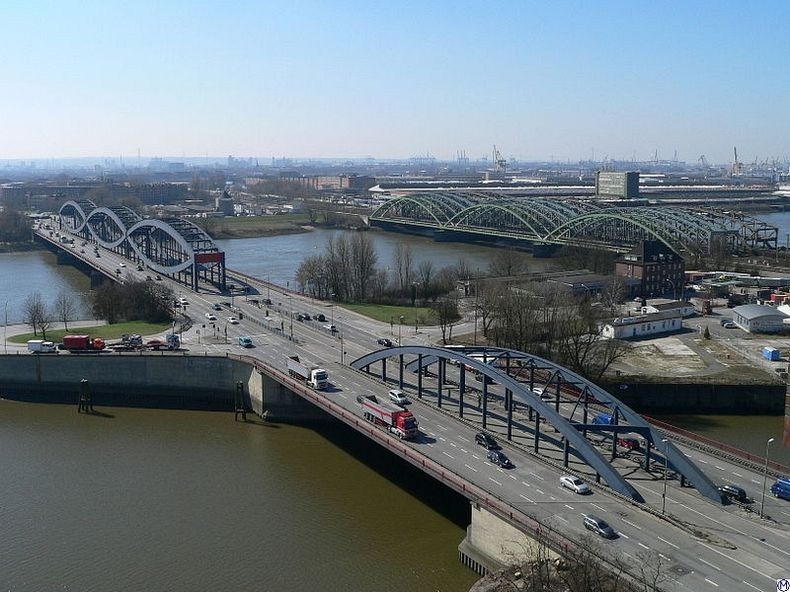
Neue Elbbrücke, Billhorner bridge, and the Freeport Elbe bridge. Photo credit
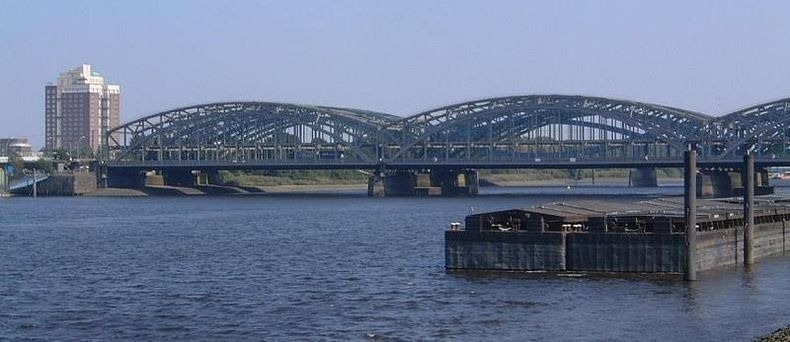
Railway bridge Photo credit
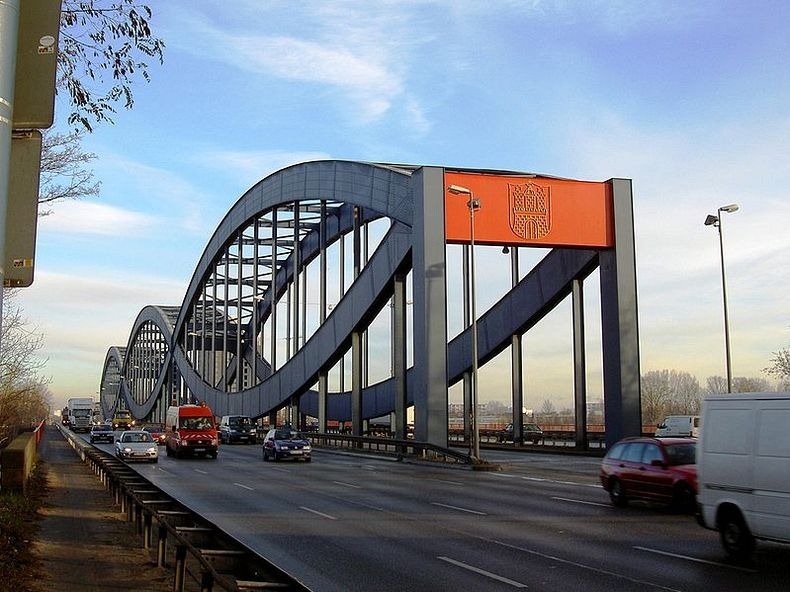
New Elbe bridge Photo credit
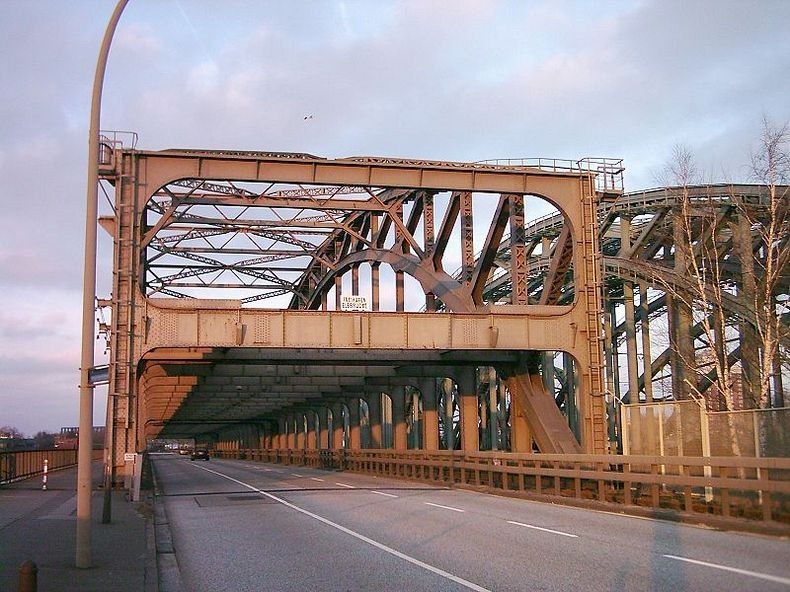
The free port Elbe bridge Photo credit
Harburger Elbbrücke
The old Harburger Elbe bridge was opened in 1899. The 474 m long steel arch bridge built back then for road vehicles was the first road bridge over the Süderelbe and serves now only pedestrians and cyclists. Between 1980 and 1995, the bridge was radically restored, this accounted for the laterally projecting cantilevered walkway.
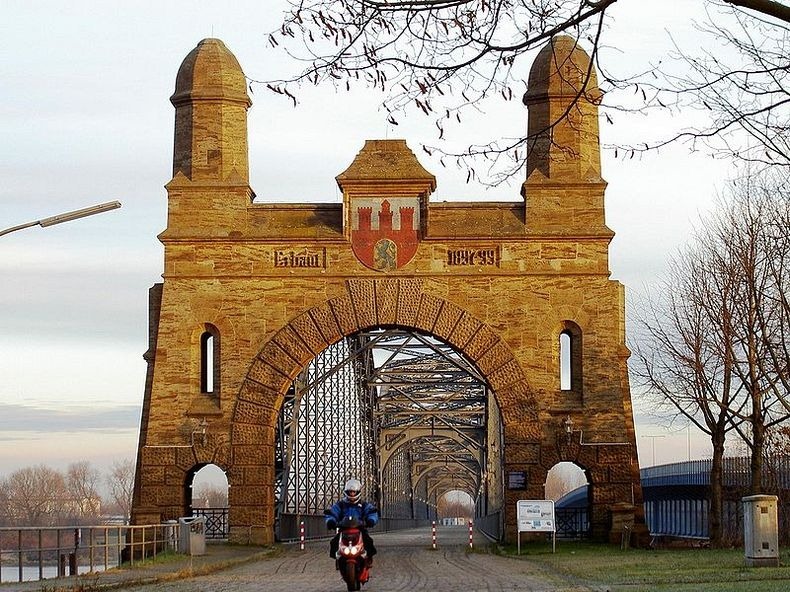
Photo credit
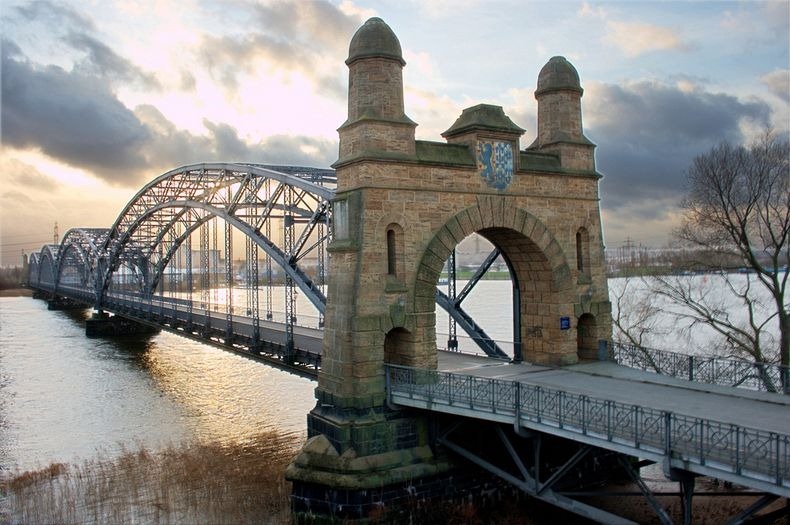
Photo credit
Kattwyk-Brücke
The Kattwyk bridge over the Süderelbe is a 290 metre long vertical lift bridge with two 70 m high end portals for the rail and road transport. It connects the Elbe Island Wilhelmsburg Moorburg and was inaugurated on March 21, 1973. With a lifting height of 46 m, it is the largest vertical lift bridge in the world.
A special feature of the bridge is that the rails on the bridge are in the middle of the road carriageway. Since the Kattwyk bridge is shared by both rail and road, vehicular traffic is blocked when a freight train is passing. These closures take typically about eight to ten minutes. For shipping, the bridge will open normally during the day (on workdays) every two hours. The interruption of traffic generally takes 15 to 20 minutes.
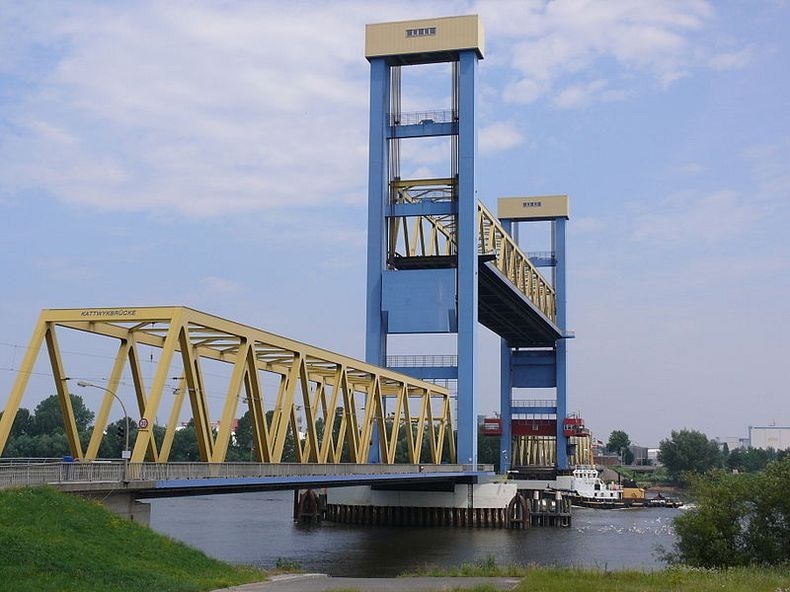
Photo credit
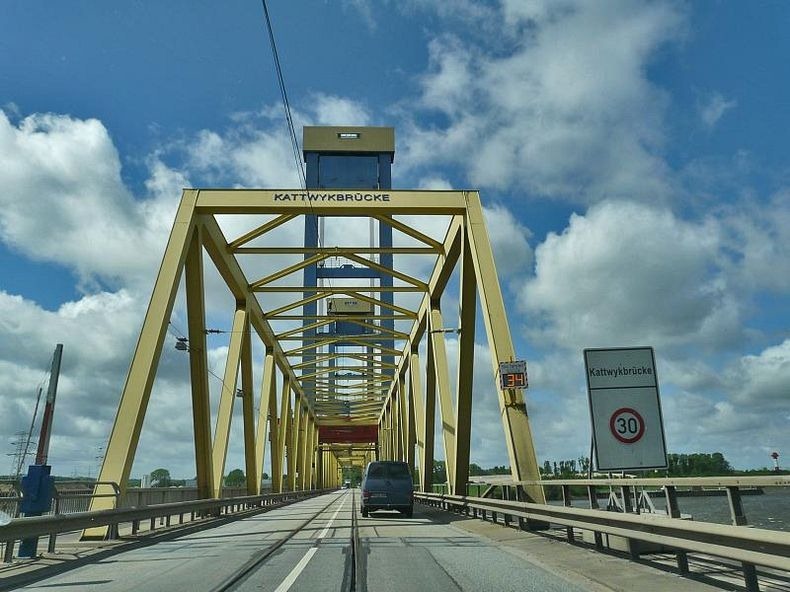
Photo credit
Brooksbrücke
The Brooks Bridge leading into the Speicherstadt was inaugurated in 1887. The bridge is adorned by four statues one at each of its corners. The original sculptures were destroyed in the Second World War. The current sculptures were erected in 2001.
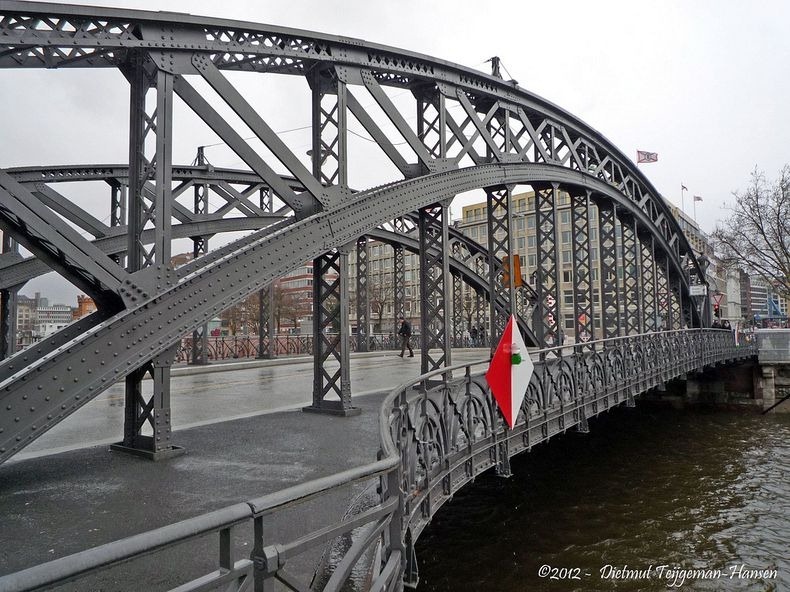
Photo credit
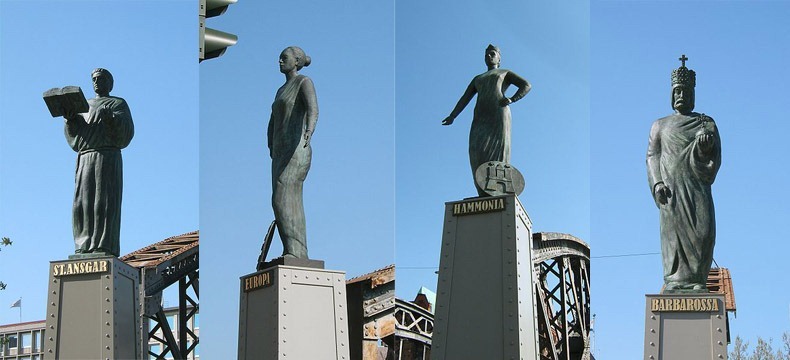
Lombardsbruecke and Kennedybrücke
The Lombard Bridge is a road and rail bridge over the river Alster in Hamburg. It was named after the Lombard pawn shop situated here in 1651. The original wooden bridge was replaced in 1865 by the now 69-meter long bridge that spans the river Alster in three arches between Inner and Outer Alster.
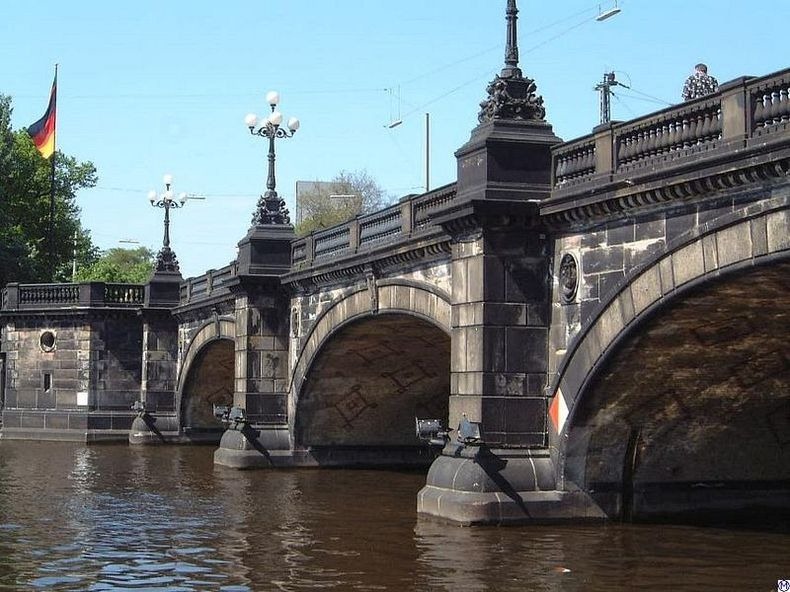
Photo credit
Next to the Lombard bridge is the Kennedy bridge. The second bridge was constructed in 1953 because the old Lombard bridge couldn’t cope with the increased traffic. The bridge was originally called New Lombardsbrücke. It was renamed Kennedy Bridge in 1963 in honor of John F. Kennedy after his assassination.
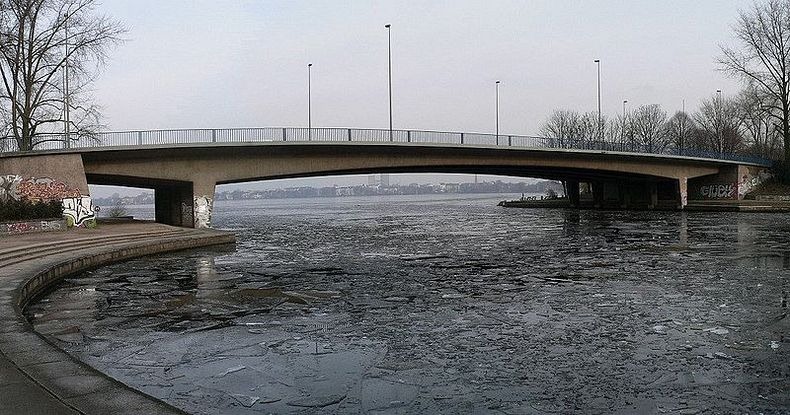
Photo credit
Both Lombardsbrücke and Kennedybrücke divide the Inner Alster Lake (Binnenalster) and Outer Alster Lake (Aussenalster).
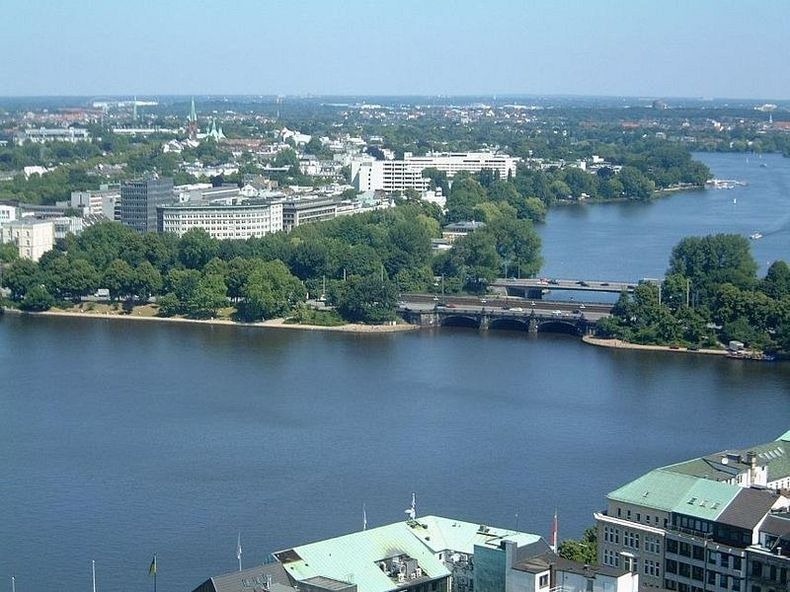
Photo credit
Zollenbrücke
Zollenbrücke is the oldest bridge in the city, dating back to 1663. The 25-meter-long bridge, with its three different sized arches consists of sandstone blocks. The railings and lanterns are from the 19th Century when the bridge was widened.
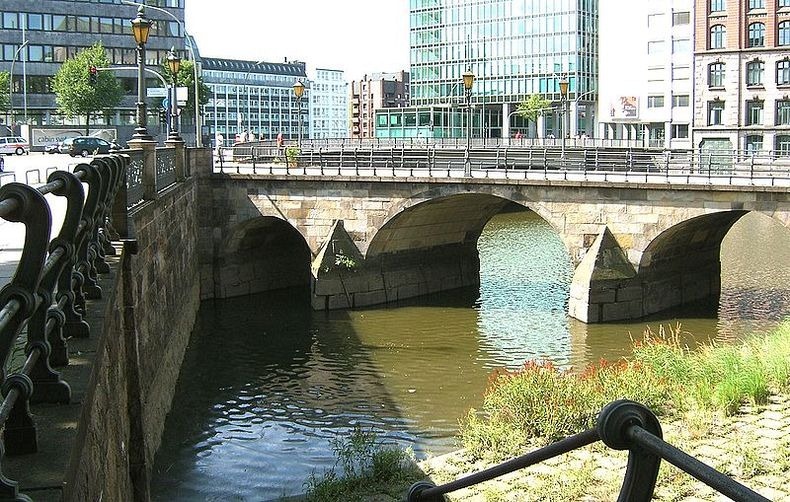
Photo credit
Ellerntorsbrücke
The Ellerntorsbrücke is an arch stone bridge that crosses the Lord grave Fleet. She served for centuries as a direct route from Hamburg to Altona. Built in 1668, it is the second oldest surviving stone bridge in Hamburg.
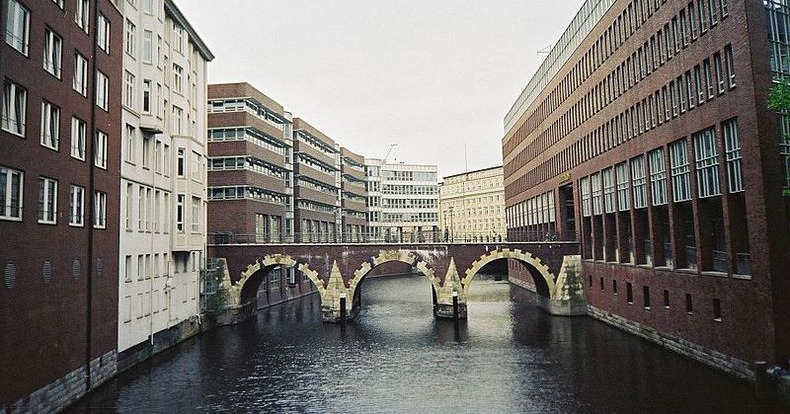
Photo credit
Trostbrücke
The Trostbrücke is a small, historic bridge which crosses the Nikolaifleet, one of many narrow inlets connecting the city’s docklands to the River Elbe. Located to the south west of the city centre, it once marked the boundary between Hamburg’s old and new towns. It was built in 1881. It is a stone construction, and is famous for having statues of Count Adolf III and Bishop Ansgar who founded the city’s original cathedral. The name of the bridge translates to ‘Comfort Bridge’. It received this name because people on their way to be tried were led over it – their last comfort.
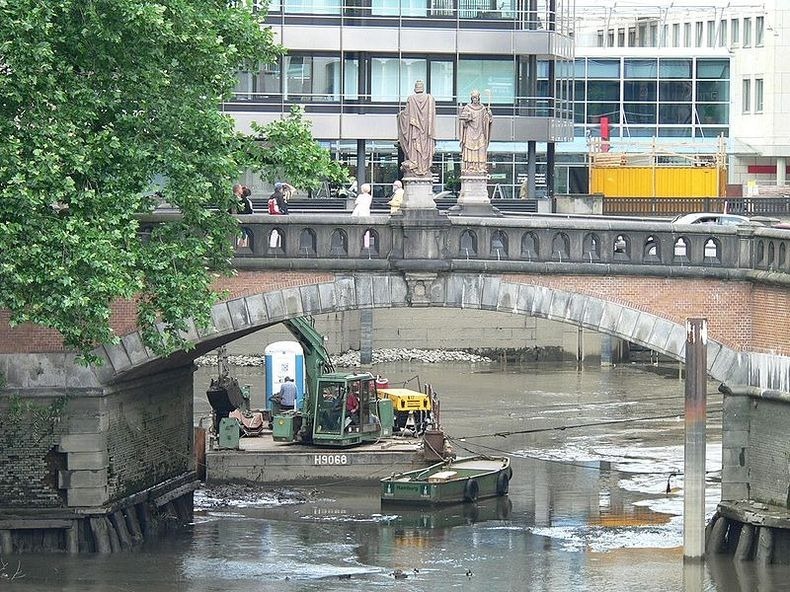
Photo credit
Reesendammbrücke
The Reesendammbrücke spans the Little Alster in the extension of Jungfernstieg and the mountain road and was named in memory of Heinrich Müller Reese, who ran a corn mill in the 13th century. The bridge was built in 1843. People are attracted to this bridge to get a wonderful view of the river with the swans, to whom they can feed a piece of bread.

Photo credit
Slamatjenbrücke
One of the lesser-known bridges is the Slamatjenbrücke in the district of Neustadt at the Ludwig-Erhard Street, which crosses the Alster. Since its completion in 1959, it has served as a road bridge. The bridge contains a remarkable stone carving that shows two women in conversation. The place where the bridge is located was once a popular meeting place of the women who were carrying water.
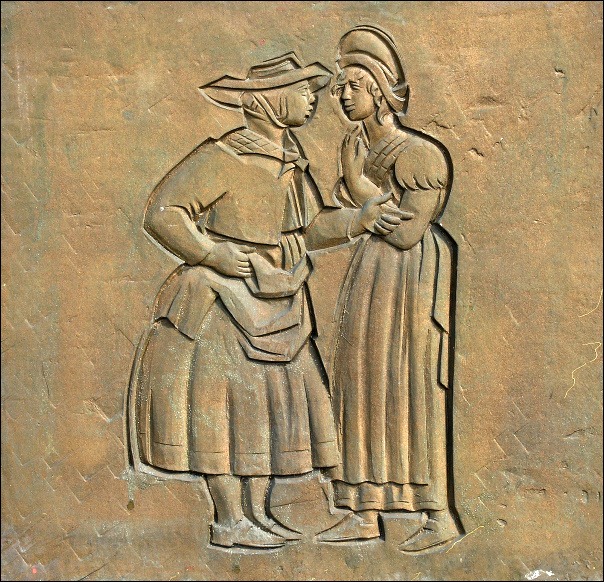
Sources
http://www.skyscrapercity.com/showthread.php?t=1073187
http://wikitravel.org/en/Hamburg
http://en.wikipedia.org/wiki/Hamburg#cite_ref-35
Related Post
A shocking documentary proves that mermaids do exist
SHOCKING Revelation: Thuya, Mother of Queen Tiye, Was the Grandmother of Akhenaten and Tutankhamun—What Ancient Egyptian Secrets Did She Leave Behind?
Breaking News: Astonishing Discoveries at Karahan Tepe Confirm an Extraterrestrial Civilization is Hiding on Earth, and NO ONE Knows!
Breaking News: Researchers FINALLY Discover U.S. Navy Flight 19 After 75 Years Lost in the Bermuda Triangle!
NASA’s Secret Investigation: Uncovering the Astonishing Mystery of the UFO Crash on the Mountain!
Explosive UFO Docs LEAKED: Startling Proof That Aliens Ruled Ancient Egypt!